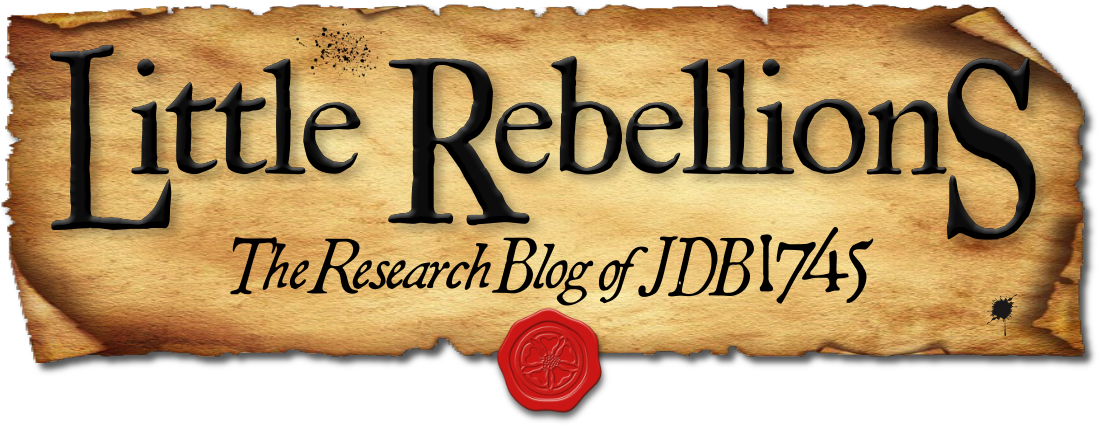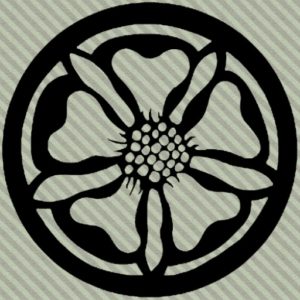In early December 1746, well after the active threat of the last Jacobite rising had waned, the British government was still collecting intelligence regarding known rebels who had not yet been apprehended. The report of Alexander Robertson of Straloch from that month, presumably sent to the Duke of Newcastle, is especially interesting for two specific reasons. First, it explicitly calls out the forceful tactics of impressment used against unwilling tenants on David Ogilvy, 6th Lord Arlie’s estate. Second, within it Straloch proposes an elaborate plan to trick lurking Jacobites into revealing themselves – a plan that is both impressively calculated and devious.1
Known informally as Baron Reid, Alexander Robertson of Straloch was a gentleman from the Strathardle area of Perthshire whose family had long been aligned with the house of Argyll and the Hanoverian government. He was a vassal of James Murray, the loyalist Duke of Atholl, and he spent much of the rising assisting the government by providing intelligence reports and offering counsel regarding methods to suppress the rebels.2 Straloch was evidently quite well connected during the Forty-five, corresponding directly with Newcastle – the secretary of George II – and Duncan Forbes of Culloden, the Lord President of the Court of Session. To these officials he sent a series of bulletins between 1745 and 1747 leveraged from the network of Presbyterian ministers in Perthshire and the north-east who received and conveyed useful intelligence about Jacobite movements.3 Straloch was effective enough as an informant to warrant a mandate for capture from Atholl’s brother William, the Marquess of Tullibardine and titular Jacobite Duke of Atholl.4







